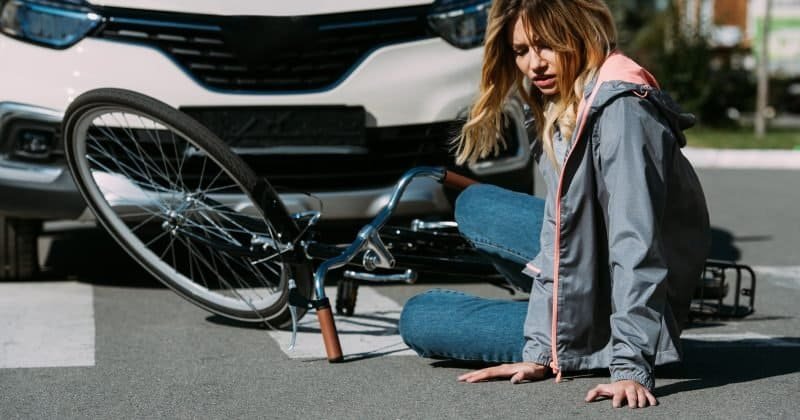December 16, 2019
What to Do After an Uber Accident
Rideshares are becoming the go-to choice of transportation in many populated areas. While this option may yield several benefits (i.e. less drunk driving and pollution), it can also result in complicated litigation should problems arise. If you are injured in or by an Uber, it is best to get an attorney to assist with the claim right away. Keep the following in mind should you find yourself injured in a rideshare accident.
Step 1: Look Up from Your Phone
In today’s society, many people are uncomfortable with direct communication. To avoid it completely, some will keep their faces glued to their phones. This is also the case with rideshares. Most people want to communicate as little as possible with their driver, but this can mean you also run the risk of being distracted from your surroundings. Take note of your driver’s habits, and the vehicles around you. If you’re ever involved in an accident, the police and insurance companies will want to know what you saw. While it’s understandable if you didn’t see anything, paying attention while you travel can only benefit you.
Step 2: Call 911
As soon as an accident happens, call 911 immediately. Do not make the mistake of assuming your Uber driver will be the one to handle calling the authorities. In fact, Uber drivers are merely encouraged to call 911 after an accident “if necessary”. In a serious situation like this, never rely on someone else to determine whether or not help is necessary. Help is always necessary, so go ahead and get the ball rolling with the call.
Step 3: Gather Proof of Insurance
You will need to get a copy of everyone’s insurance at the first available opportunity. The fastest way to do this is to take a picture on your phone of the insurance cards carried by the drivers. Ask to see the Uber driver’s insurance. Many drivers have insurance in addition to that for Uber, so be sure to get copies of all policies. Do not take the driver’s word that he or she has insurance and that everything will be covered.
Step 4: Write Your Statement
As soon as you have gathered all insurance information, take a second to jot down as many details about the incident as you can. If you do not have a piece of paper or a pen, use your phone. Don’t assume your memory will be just as vivid a few days or even hours from the accident. Details are easily lost as the time goes by. Take a couple of minutes and put in the work now so that you’re not grasping for straws later. No detail is too minute. What you may consider random could be a key fact. Possible things to record might include what you saw, what you heard, what you felt and the reaction of the Uber driver.
Step 5: Keep All Documentation
In the days or weeks following the accident, you will accrue various pieces of important information. Start keeping an organized folder of all documentation. You should keep copies of all insurance forms, police reports, and receipts for any medical appointments and medications. You can organize the documents by type or by date. Take notes any time you speak with an insurance adjuster, and be sure to document that person’s first and last name. File these notes away after each phone call. If the communication is via email, then print out copies and file them, as well. While digital copies are important, it will be very helpful to your lawyer if you can provide a complete notebook of all the information you collected. Not only does it supply a paper trail, but it will also help build the strongest case for you in a courtroom.
With the use of Uber, Lyft and other rideshare services on the rise, navigating the complex scheme of insurance that covers these accidents is a nightmare for most. At Amicus Legal Group, we have successfully helped hundreds of clients with injury claims throughout Southern California. If you need more information, contact our office for more information.

